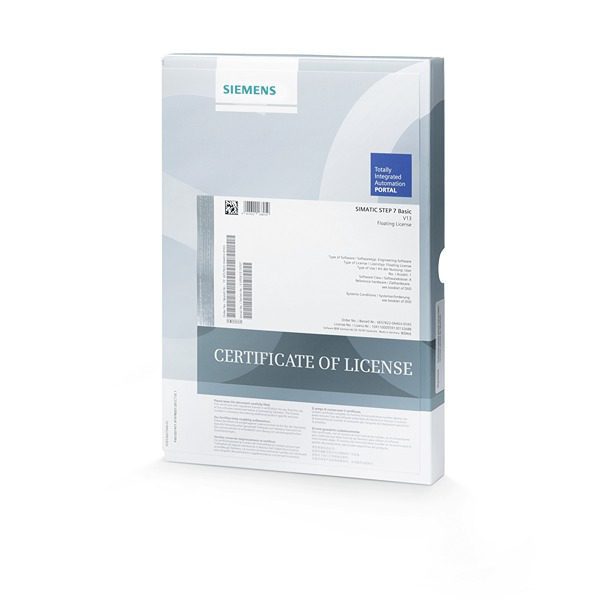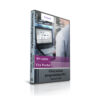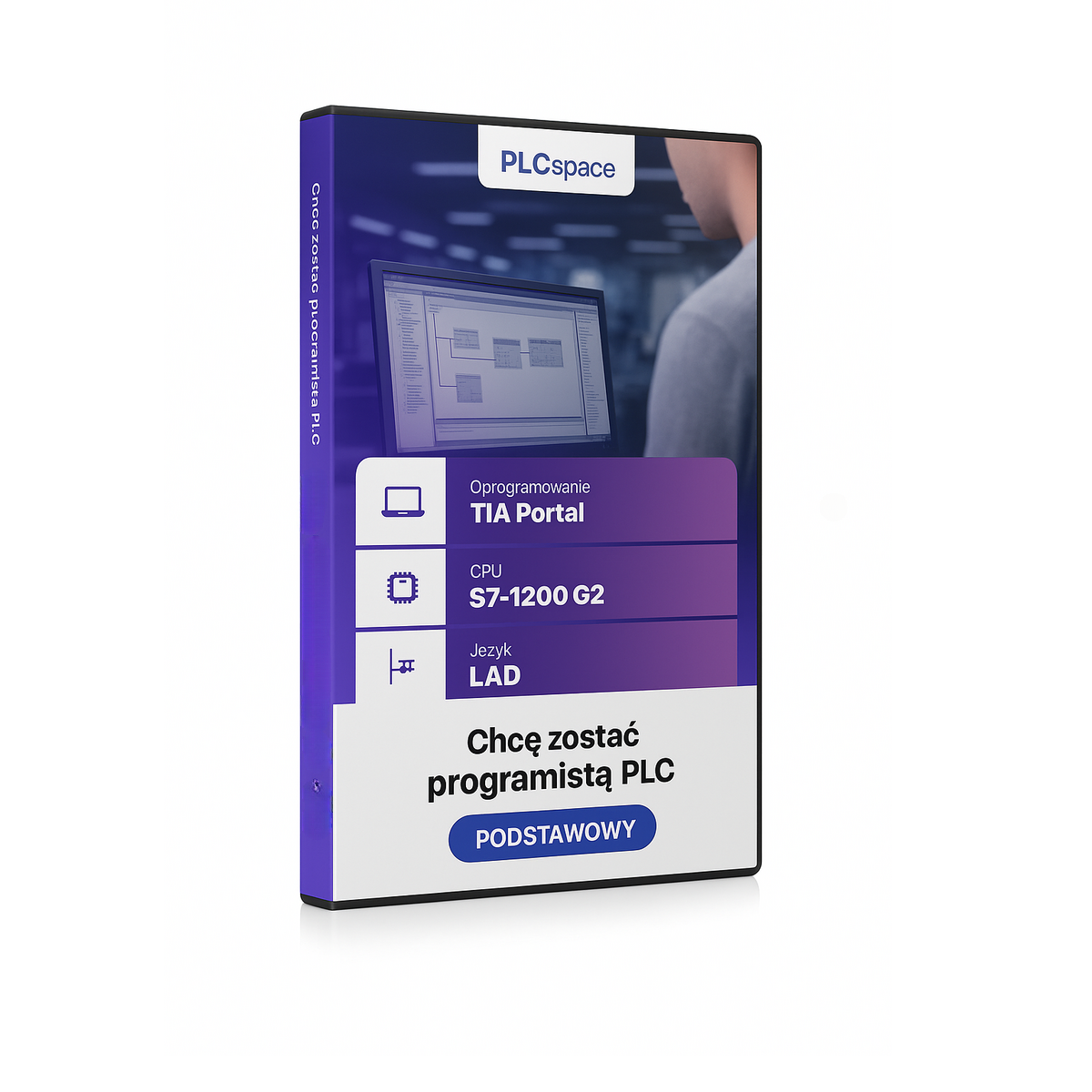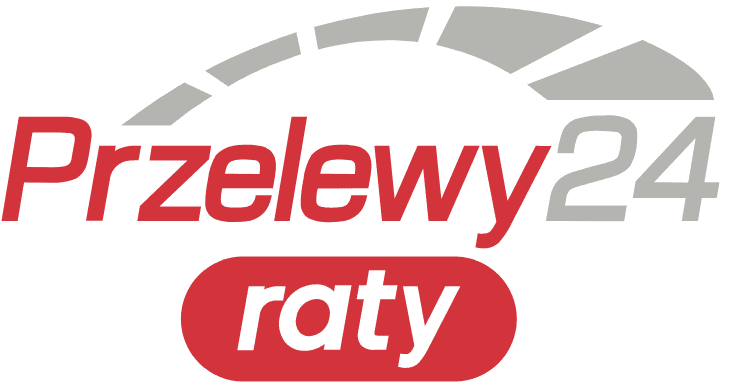I want to become a PLC programmer - intro
- Level:
The development environment used in the course
- Software:
Core unit family used in the course
- CPU:
A set of rules that are used to develop programme code
- Language:
Frequency converter (inverter) family used in the course
- Drive
11.22 € – 22.67 €
What do you get when you enrol on a PLC programming course?
NOTE!!! The material is the same regardless of the type of data carrier. At the time of purchase, you decide which data carrier you choose, i.e. online, DVD or USB.
NOTE!!! For the online version, the material is available without any limits on time or number of views.
I want to become a PLC programmer INTRO level - TIA Portal LAD programming course
This video training course will introduce you step-by-step to the most essential secrets of programming the Siemens S7-1200 controller. With this course you will learn to program as experienced automation engineers do. Ownership of the equipment IS NOT ENOUGH!!!
The training course is designed to give an introduction to the complete basics. The course is aimed at people who have not yet had contact with a PLC
The training focuses on Siemens' most popular controller of the SIMATIC family, the S7-1200, which has been adapted for small and medium-sized applications.
In this course all topics are discussed based on the ladder language i.e. LAD
The training focuses on the most popular controller of the Siemens SIMATIC family, the S7-1200, which has been adapted for small and medium-sized applications as well as for most large applications. The combination of the S7-1200 controller already with its new update and the latest development tool has contributed to the creation of an extremely powerful automation system that offers developers many advantages and facilitates their work.
In this video course, I give you my skills with experience, because I know all these issues that beginner programmers face. In a few days, you can learn all that it took me several years to learn.
Knowledge test:
Is this course for you? Take this test MULTIPLE choice to check it out.
Egzamin Summary
0 of 9 Questions completed
Questions:
Information
You have already completed the egzamin before. Hence you can not start it again.
Egzamin is loading…
You must sign in or sign up to start the egzamin.
You must first complete the following:
Results
Results
0 of 9 Questions answered correctly
Your time:
Time has elapsed
You have reached 0 of 0 point(s), (0)
Earned Point(s): 0 of 0, (0)
0 Essay(s) Pending (Possible Point(s): 0)
Categories
- Not categorized 0%
- 1
- 2
- 3
- 4
- 5
- 6
- 7
- 8
- 9
- Current
- Review
- Answered
- Correct
- Incorrect
-
Question 1 of 9
1. Question
What does PLC stand for?
CorrectIncorrect -
Question 2 of 9
2. Question
What is the address of a binary input?
CorrectIncorrect -
Question 3 of 9
3. Question
What is the PLC programming ladder language?
CorrectIncorrect -
Question 4 of 9
4. Question
What are so-called timers (timers) used for?
CorrectIncorrect -
Question 5 of 9
5. Question
What is the difference between RS and SR flip-flops?
CorrectIncorrect -
Question 6 of 9
6. Question
Which letter should be used to designate the output of the PLC on the control circuit diagrams?
CorrectIncorrect -
Question 7 of 9
7. Question
Should the controller's cycle time be:
CorrectIncorrect -
Question 8 of 9
8. Question
Is the SIMATIC S7-1200 controller
CorrectIncorrect -
Question 9 of 9
9. Question
Can each model of the S7-1200 controller be extended with additional modules?
CorrectIncorrect
Key information about the course
You will find that you are eager to reach for complementary knowledge yourself. On our course, we don't just teach the theoretical basics of programming. We show you concrete solutions, tricks and tricks that PLC professionals use. Believe us that after this training, your employers will be surprised by the level you represent. We will teach you the analytical thinking that every PLC programmer should master.
Although the work of an automation programmer may be mainly associated with loneliness, in reality it is usually quite the opposite. PLC programmers become part of a team that works together on a single project. No worries! After our course, you will feel like a real professional, discussing the results of your work with managers, investors, teammates. We will show you how to choose optimal solutions that take into account the time and cost required to implement them.
You will also learn how to avoid them and work on your craft. Most PLC courses you will find on the web are limited to imparting theory. We offer you something more - concrete solutions to the pitfalls and problems that beginners encounter while helplessly spreading their hands. We explain how to avoid them and why this is so important.
The virtual factory will show you the typical challenges faced by automation professionals working in industry. You will master the stress of real work. With Factory I/O you will be able to test any solution that comes your way, without the risk of plant delays, breakdowns or causing accidents. With a secure development environment, you learn faster and stress-free.
With many years of working on large projects, we pass on the best programming practices that you will use in any job. You will meet many other programmers during your career and not all of them will represent a good school of programming. Our aim is to give you the knowledge and skills that distinguish the best. We're not just about teaching you how to program a PLC because that's what you read about in textbooks. By mastering good automation work practices, you will excel with diligence and a creative approach to problem solving.
Benefits for the participant
Sample lesson / What you will do after the course
I have prepared a course for you consisting of as many as 14 modules.
You will learn how to configure and program the Siemens S7-1200 controller
I will explain to you one by one what to do with the controller from A to Z.
The course places great emphasis on mastering a very good knowledge of the TIA Portal programming tool and the S7-1200 configuration, so that you can consider yourself a good PLC programmer. I will provide you with essential information on how to approach various programming issues, which will enable you to find your way in any situation during your daily work.
This is what you will learn during your studies
This is an overview of the training. See the topics you will learn about and the practical applications you will make.
-
Module 1 - Downloading the environment
- Registration on the Siemens website
- Downloading the TIA Portal
- PLCSIM download
- Software installation
-
Module 2 - Licence
- Test licence activation
- Activation of the full licence (floatnig)
-
Module 3 - S7-1200 system
- Opportunities on the basis of expansion
- Software-based capabilities
- Controller design
-
Module 4 - Electrical connection
- Power connection
- Connection of input and output signals
-
Module 5 - TIA Portal
- Introduction
- Construction of the environment
- Features of the PLC
- Variables
- Development environment + PLC
- Outline of programming instructions and operations
-
Module 6 - PC and PLC preparation
- PC configuration
- CPU adaptation
- Searching for PLC on the web
- PLCSIM simulator
-
Module 7 - First project step by step
- PLC selection
- First PLC programming - the PLCSIM simulator
- First PLC programming - the actual
- Discussion of the signal states that can appear at the input
- Task - conveyor
- Task - conveyor - solution
-
Module 8 - Programming fundamentals
- Programming instructions
- Practical exercise - SET RESET coils
- Task practically 2
- SR and RS flip-flops
- Practical exercise 3
-
Module 9 - Memory usage - basics
- Introduction
- Task - transport
- Task - Transport - Solution
- Task - Sequence
- Task - Sequence - Solution
-
Module 10 - Slopes of digital signals
- Detection of slopes - Theory
- Task - Slope in practice
- Task - Getting behind the sensor
- Task - Flip flop
- Task - Flip flop - Solution
-
Module 11 - Data blocks
- Theoretical discussion of DB blocks
- Data types in SIMATIC S7-1200
- Practical use of DB blocks - Example
-
Module 12 - Presentation of basic operations
- Data transfer
- Mathematical
- Logical
- Conversion of types
- Comparisons
-
Module 13 - Practical use of operations
- Mathematical - Blocks
- Mathematical - Calculate
- Mathematical - Introduction to the SCL language
- Counting events
- Incrementation
- Comparators
- Conversion
-
Module 14 - Additional tasks
- Task 1 - area of a triangle
- Task 2 - Checking for vacancies
Software and hardware used

TIA Portal software
Totally integrated automation is a development environment that combines PLC (programming), HMI(visualisation) and startdrive(drive technology).

CPU S7-1200
The new controller, which has been developed as a successor to the S7-200, is characterised by slightly weaker parameters than the S7-300 family. Several CPU versions present in the family allow selection according to project requirements.
What will you be able to do after completing the course?
The effort you put into completing the course will undoubtedly pay off - knowledge of PLC programming will open the door to many jobs. Choose your specialisation according to what you most want to do
Learning based on dry theory is a relic. We offer you the chance to explore practical skills, something that really matters to employers. Our training will enable even someone with no programming experience to receive ready-made solutions that will help them find their way in the job market.


Guarantee
and certificate
If, after 14 days of purchase, you find that it is not for you, I will refund 100% of the course price. Upon completion of the course, you will receive a certificate in two languages - Polish and English.

Frequently asked questions
-
Will I receive a confirmation after my purchase?
Yes, you receive an email. Sometimes emails end up in SPAM or other folders. Please check your mailbox carefully.
-
Is there a difference between the media on which the course can be ordered?
No. The material is the same regardless of the type of storage medium. At the time of purchase, you decide which type of data carrier you choose, i.e. online, DVD or USB.
-
Which PLC programming language should I choose when starting out?
If you are an electrician then LAD. If there has been any exposure to text-based languages (C, C++, C#, Java, etc) then SCL. If there has been no exposure to any programming at all then the basic course is LAD and SCL (the solution to each task is shown in two languages).
-
Is this course for me if I have never used a PLC?
Yes. The basic courses are just set up so that people with no exposure to Siemens PLCs can learn such skills. The student is guided step by step (as can also be seen in the course table of contents).
-
What tools are used for consultation?
Consultations take place via Skype or TeamViever.
-
How do I make an appointment for a consultation?
Please send an email to biuro@plcspace.pl with your questions (problems) and suggestions for a convenient date for your consultation (via Skype or Teamviever).
-
How long are the consultations valid?
This is 60 calendar days from the date of purchase.
-
Can I deliver the course on different computers?
Yes. The course material (videos) can be viewed on any computer.
-
What does the online version of the course look like?
You receive the course by email, where there are private links to the videos.
-
What if a problem arises during the course?
Please email me with a description of the problem at: biuro@plcspace.pl.
-
What is the access time for the course?
No time limits for any medium (i.e. online, DVD or USB version).
-
Do I need to have any experience with programming?
No. The basic course gives step-by-step all the information needed from 'scratch'.
-
Will I need to purchase a licence for the Factory IO software?
No. There is information in the course on how to obtain licences to complete the material.
-
Will I need to purchase a licence for the PLC development environment?
No. There is information in the course on how to obtain licences to complete the material.
-
Is it possible to return the course?
Yes.
-
Will I need a PLC to deliver the course?
No. A real controller is not necessary. The course is designed in such a way that it can also be completed on a virtual controller. It all depends on what the trainee has at their disposal.
-
How do I buy a course?
Just click Add to basket and complete the form and make payment.
-
When does the course start?
-> Online version - immediately after payment
-> Physical version - when you receive the package from the carrier.
Buy as a set and save
Select at least 2 courses from the list and the first free book item (three selections in total) and an automatic discount of 25% will be calculated in your basket.
If you want to find out more about a particular course, click on its name and the page will take you to its offerings.
Companies that have benefited from our courses




































Feedback from students
 Stanislaw
Stanislaw
What sets this course apart is the opportunity to acquire practical, concrete knowledge. Everything is clearly explained. Definitely recommended!
 Marcel
Marcel
After going through the course, I know what the components of the programming environment are and what to do step by step. Now I feel confident and know what I am doing
 Leon
Leon
Course delivered in a very accessible way. Contains a lot of interesting and useful information.
 Michael
Michael
I can honestly recommend the course. It is solid and factual knowledge. I will definitely be buying more.
 Victor
Victor
Thanks to the course, I have decided to go further in this direction. The goal is to look for a more challenging and better job
 Peter
Peter
The course prepared by Mr Tomasz is distinguished by its high level of content and meticulously prepared lessons. They are planned in a clear and sensible manner, making it easier to assimilate knowledge and return to the material if necessary. An additional advantage is the possibility of a free consultation.
 Nikodem
Nikodem
Definitely recommended! The facts themselves, no unnecessary dwelling on issues.
 Ignatius
Ignatius
This is my first course, certainly not my last. I am impressed with the substantive quality of the knowledge.
 Tymon
Tymon
Everything clearly explained, you can really learn a lot. Lots of practical information and examples to help you remember everything. In my opinion, it is worth using this form of learning because you can learn anytime and anywhere. It is practical and convenient.
You may also be interested in:
- Level:
The development environment used in the course
- Software:
Core unit family used in the course
- CPU:
A set of rules that are used to develop programme code
- Language:
Frequency converter (inverter) family used in the course
- Drive
274.57 €
- Level:
The development environment used in the course
- Software:
Core unit family used in the course
- CPU:
A set of rules that are used to develop programme code
- Language:
Frequency converter (inverter) family used in the course
- Drive
228.77 €
- Level:
The development environment used in the course
- Software:
Core unit family used in the course
- CPU:
A set of rules that are used to develop programme code
- Language:
Frequency converter (inverter) family used in the course
- Drive
228.77 €
- Level:
The development environment used in the course
- Software:
Core unit family used in the course
- CPU:
A set of rules that are used to develop programme code
- Language:
Frequency converter (inverter) family used in the course
- Drive
274.57 €











